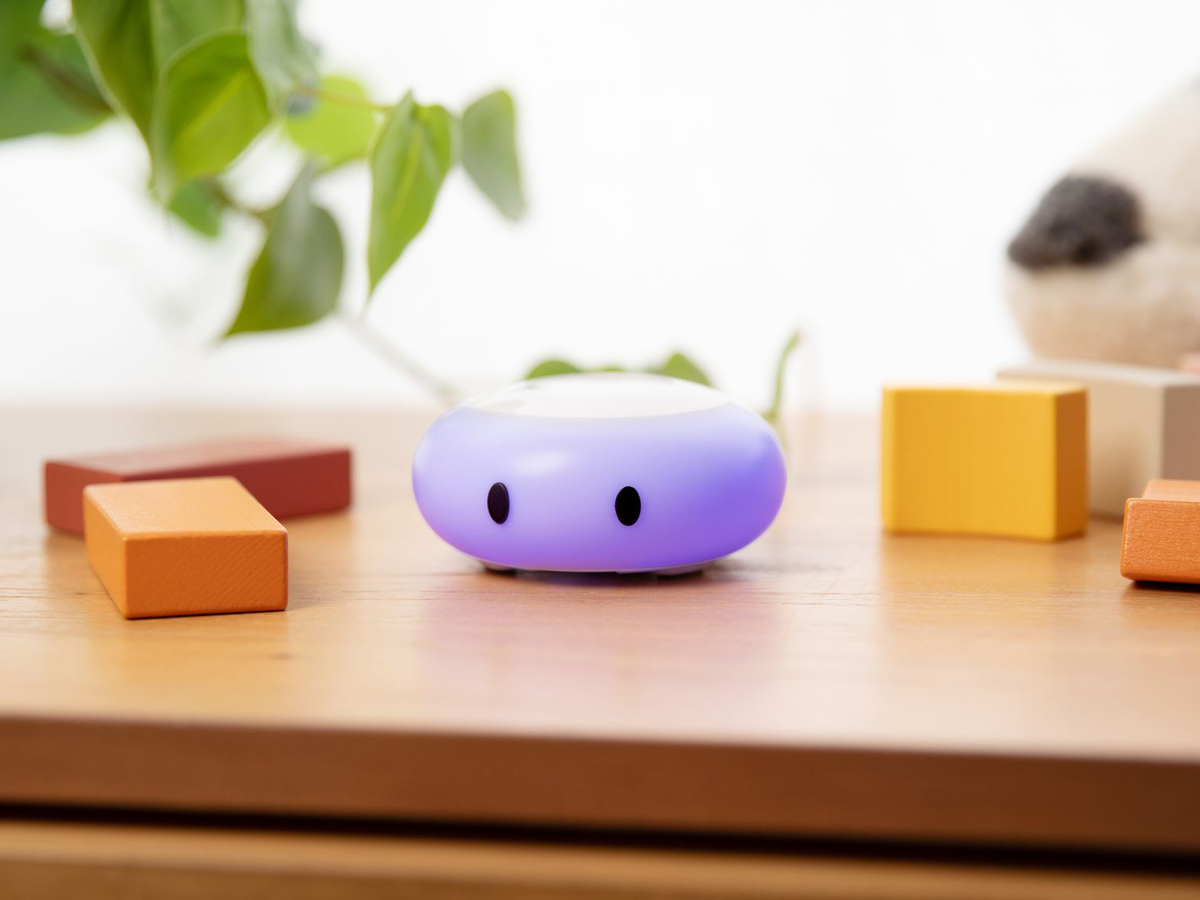
The Psychological Benefits of Color in Children's Sleep Training
Understanding the profound impact of color on a child's psychological well-being and sleep quality is crucial for parents and guardians striving to create nurturing environments. At LittleHippo, we harness the power of color psychology in our products, such as Mella and Kelvin, to foster calming sleep environments that contribute positively to children's mood and overall sleep quality.
The Science of Color Psychology
Color psychology explores how different hues can influence human behavior and emotions. Studies suggest that certain colors can evoke specific responses, making them a vital tool in shaping a child's sleep habits and mood.
Calming Colors for Rest and Relaxation
Integrating calming colors into children's room decor can significantly enhance their sleep training. Here's how we utilize color psychology in our products:
- Blue: Known for its calming effects, blue can lower heart rate and blood pressure, promoting relaxation. One study even found that households with bedrooms with a blue color scheme have the best night's sleep compared to those with other color bedrooms.
- Green: This color is associated with tranquility and health due to its association with nature, creating a soothing atmosphere. Mild green tones can create a sense of peace and relaxation.
- Pink: Soft shades of pink can have a calming effect on the nerves, making it easier for children to unwind and fall asleep.
Best Night Light Colors for Promoting Sleep
While blues, greens and pinks are excellent color schemes to promote calm and relaxation, when it comes to night light colors for sleep, red and amber are the best choices.
Amber and red hues are not just visually comforting; they're scientifically proven to be the most beneficial for promoting healthy sleep patterns in children. Here's why:
- Longer Wavelengths: Both amber and red lights boast longer wavelengths compared to other colors. This crucial characteristic means they're less intrusive on your child's sleep environment, helping to maintain the sanctity of their natural sleep cycles.
- Stimulates Melatonin Production: Melatonin, often referred to as the 'sleep hormone,' plays a pivotal role in regulating sleep. Amber and red lights are adept at stimulating melatonin production, unlike the harsh blue light emitted by many electronic screens, which is known to suppress it.
- Minimally Disruptive: The gentle glow of amber and red lights is far less likely to disturb your baby's sleep. These colors have been shown to minimize disruptions, allowing for a more restful and uninterrupted night's sleep.
Mella: More Than Just a Smart Children's Clock
Mella uses facial expressions and colors to teach children when it's time to sleep and wake up. Mella allows for multiple night light color choices, including the recommended red and amber colors to encourage sleep. With its Ready to Rise feature, Mella turns green in the morning, both promoting happiness and calmness and also linking the "Green mean go!" action. By associating specific colors with bedtime and waking up, Mella makes sleep training intuitive and engaging for children.
Kelvin: Ensuring Comfort with Color
Kelvin, our color-changing nursery thermometer, uses colors to indicate room temperature, ensuring your child's environment is always comfortable. By associating specific colors with optimal sleep temperatures, Kelvin aids in creating the perfect sleep setting for your little one. When the temperature is too cold, Kelvin turns blue, the most commonly-associated cool color. When the temperature is too hot, Kelvin turns red, the most commonly-associated warm color. When the temperature is just right, Kelvin glows amber, which we recommend for optimal sleep as it is easy on the eyes while provides sufficient ambient lighting in the room.
The Impact of Color on Mood and Sleep Quality
The right colors can do more than just create a calming environment; they can significantly impact a child's mood and sleep quality:
- Enhanced Mood: Calming colors can help reduce anxiety and create a sense of well-being, making bedtime a more pleasant experience.
- Improved Sleep Quality: A restful color scheme can lead to deeper, more restorative sleep, contributing to better overall health and development.
Creating a Calming Sleep Environment
Creating a calming sleep environment goes beyond the color of the walls or the nightlight. It's about integrating elements that collectively contribute to a serene atmosphere. Our products, including WISPI, a humidifier, diffuser, and nightlight, are designed with this holistic approach in mind, ensuring your child's comfort and well-being.
Why Choose LittleHippo
Our commitment to enhancing family life drives us to create products that are not only safe and easy to use but also genuinely beneficial for your child's emotional and physical well-being. By understanding and applying the principles of color psychology, we aim to make sleep training a positive, stress-free experience for both children and parents.
Embracing the psychological benefits of color in children's sleep training is just one of the ways we at LittleHippo strive to support families in their journey. Our approach to product design reflects our dedication to fostering environments that promote healthy sleep patterns and, by extension, happier, more harmonious family life.
For more information on how color can influence sleep and mood, and to explore our range of products designed with your child's well-being in mind, we invite you to visit our product pages and discover how LittleHippo can make a difference in your family's life.
Photo by nicollazzi xiong
Also in Blog

Creating a Safe and Comfortable Nursery: The Role of Kelvin

5 Tips for Helping Hard-of-Hearing Babies and Toddlers Catch Some Zzz’s
This can be very concerning for parents who simply want the best for their child’s health and well-being. Here are a few tips for parents who want to help children with hearing impairments get a good night's sleep.

